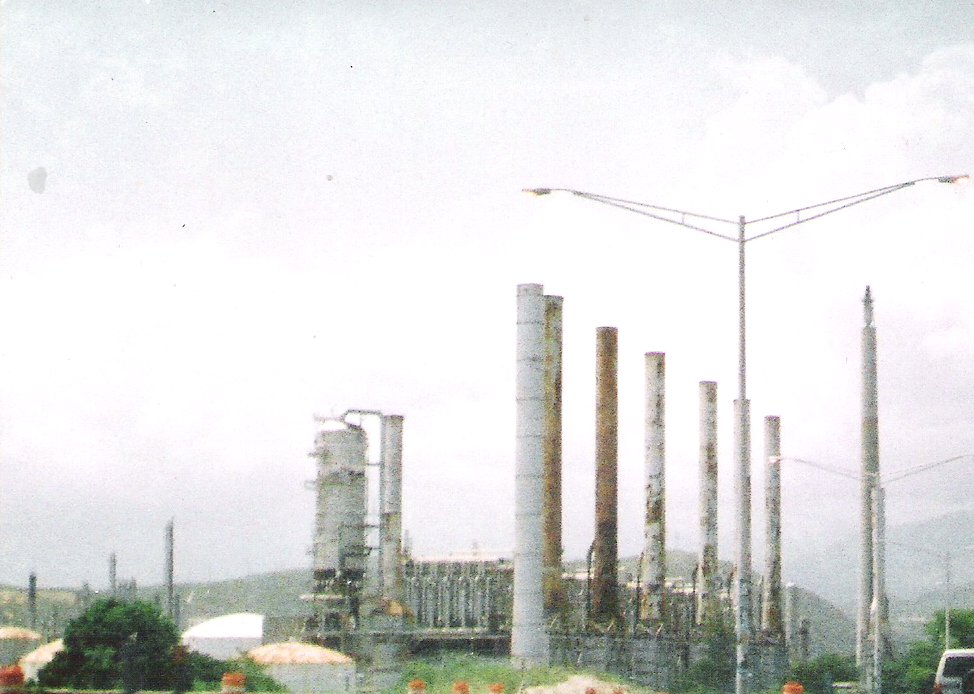Op-Ed: Now’s the time to redevelop former Corco complex

Next week, the U.S. Environmental Protection Agency (EPA) and the Center for Creative Land Recycling (CCLR) will deliver an important recovery message to the island’s municipalities, communities, and nonprofit sector: community revitalization is possible, even on contaminated properties.
Across the United States and U.S. territories, an estimated 450,000 to 1 million brownfield sites remain undeveloped due to real or perceived environmental concerns that scare away all but the most experienced developers, according to a 2016 U.S. Government Accountability Office study.
Puerto Rico’s brownfields include about 1,000 acres of the PR127 corridor of Guayanilla and Peñuelas. Mistakenly called La Corco after the name of one the area’s largest private sector land holders, the former petrochemical zone actually encompasses some 42 privately held sites across 3,500 acres.
A reliance on free market solutions has left the area what it is today, a Jurassic Park, testament to 20th century failed economic development strategies. The size of the problem coupled with the private sector’s lack of expertise, financial and intellectual knowhow, as well as competing economic interests, and perhaps most importantly, the poor real estate market, has left much of the area under developed.
Time has shown us that the private sector will not take care of Guayanilla and Peñuelas’ brownfields problems. But Puerto Rico’s insolvency and poor credit rating make it impossible for the central government to offer incentives or redevelop the PR127 Corridor on its own.
The path out of the quagmire is clear. The Commonwealth of Puerto Rico should create a quasi-governmental nonprofit entity whose single mission is to transform the present physical landscape of the PR127 corridor into a new motor of economic development for the island. The PR127 corridor needs a Land Redevelopment Authority (LRA).
LRAs are used in jurisdictions across the world to promote land cleanup, reuse, public-private partnerships and economic development. LRA’s have laser-focused missions, and if supported with the proper mix of enabling legislation, can have important broad powers that include land acquisition and disposition, reuse planning, site cleanup and preparation, powers to engage in public-private partnerships for real estate development, and the ability to issue financing, as well as incentives to further redevelopment goals.
Some may say that Puerto Rico isn’t permitted to create new entities under PROMESA, cannot fund new ventures and will be unable to issue debt instruments in pursuit of land revitalization projects the scale of the PR127 corridor.
But a look at the recent past demonstrates that indeed, Puerto Rico’s Department of Economic Development and Commerce can support the creation of nonprofit entities. Case in point: Invest Puerto Rico and Economic Development and Commerce contribution of seed money to the cause.
In terms of a new LRA’s ability to successfully issue debt, a recent study from the Council of Finance Development Agencies noted that federal regulations allow for Community Development Block Grants to be used as guarantees for debt instruments.
If formed as a nonprofit, additional support from philanthropic foundations and other federal agencies can surely support the LRA’s startup activities.
As Puerto Rico waits for additional recovery dollars to flow, now is the time to tackle the inefficiencies of the PR127 Corridor’s real estate market with a government-supported intervention. It’s time for an LRA for the PR127 corridor.











